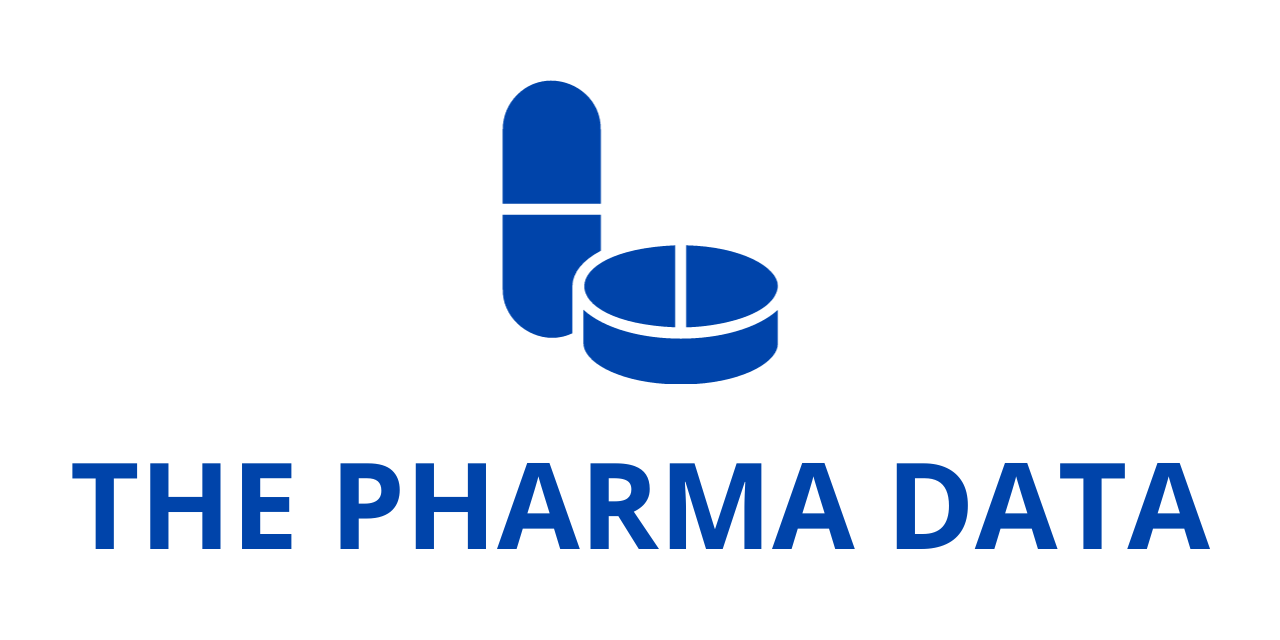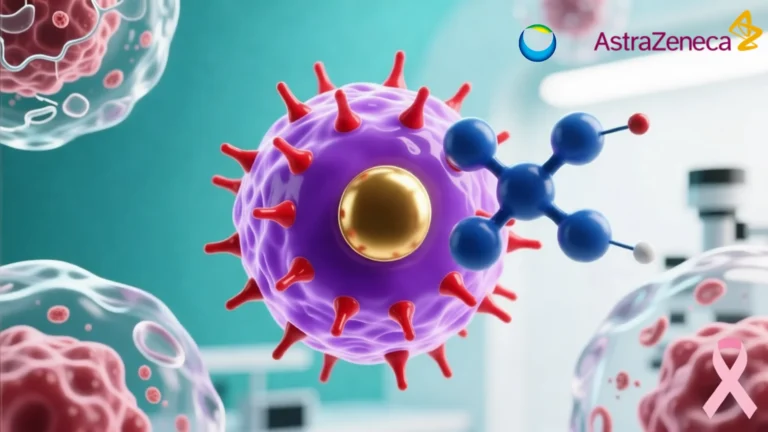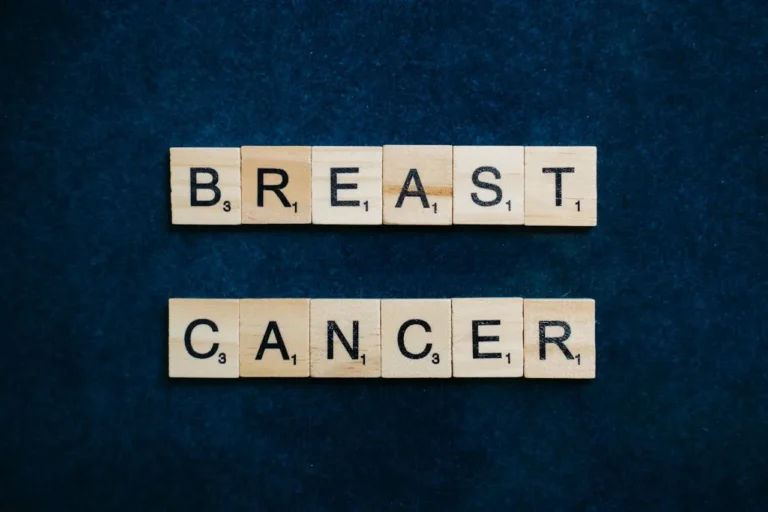
Estrella Immunopharma Advances STARLIGHT-1 Trial to Higher Dose Cohort Following Successful Initial Results
Estrella Immunopharma, Inc. (NASDAQ: ESLA, ESLAW) (“Estrella” or the “Company”), a clinical-stage biopharmaceutical company focused on developing innovative CD19-targeted ARTEMIS® T-cell therapies for the treatment of cancer and autoimmune diseases, has announced a significant milestone in its STARLIGHT-1 Phase I/II clinical trial. The company has successfully completed the first dose cohort of the study and received approval from the Data and Safety Monitoring Board (DSMB) to advance to the next dose level.

The STARLIGHT-1 trial is an open-label, dose-escalation, multi-center study designed to assess the safety, tolerability, and preliminary efficacy of EB103 in adult patients with relapsed or refractory B-cell non-Hodgkin lymphoma (NHL). This milestone represents an important step in the clinical development of EB103, as the company aims to bring an effective, novel T-cell therapy to patients who have exhausted other treatment options.
Encouraging Safety and Efficacy Data from the Initial Dose Cohort
The first dose cohort of the STARLIGHT-1 trial consisted of patients diagnosed with relapsed or refractory B-cell NHL who had previously undergone multiple lines of therapy without achieving lasting remission. These patients were administered a lower initial dose of EB103, Estrella’s CD19-Redirected ARTEMIS® T-cell therapy.
Preliminary findings from this initial cohort have been highly encouraging. According to Estrella, the safety profile of EB103 was favorable, with no observed dose-limiting toxicities (DLTs) or treatment-related serious adverse events (SAEs). Additionally, early signs of efficacy were demonstrated, as tumor response was noted in all patients at the one-month follow-up period. These promising results provided a strong foundation for the trial to progress to the next stage of dose escalation.
Following an extensive review of these safety and efficacy data, the DSMB has granted approval for the trial to proceed to the second dose cohort. This next phase will involve administering a higher dose of EB103, specifically 5 million receptor-positive T cells per kilogram of body weight. The objective is to further evaluate the treatment’s safety, pharmacokinetics, and therapeutic potential at an increased dosage.
Dr. Cheng Liu, Ph.D., President and Chief Executive Officer of Estrella Immunopharma, expressed optimism about the trial’s progress: “The safety and early efficacy data from the first dose cohort are encouraging. We look forward to evaluating the higher dose cohort to further understand the potential of EB103 as a transformative therapy for patients with relapsed/refractory B-cell NHL.”
the STARLIGHT-1 Trial and Its Clinical Implications
The STARLIGHT-1 trial follows a standard 3+3 dose-escalation design, a widely used method in early-stage clinical trials to determine the maximum tolerated dose and establish the recommended Phase II dose (RP2D). This approach ensures that the therapy is tested in a systematic and controlled manner, minimizing patient risk while collecting vital safety and efficacy data.
The study is conducted across multiple clinical centers and involves adult patients with relapsed or refractory B-cell NHL who have failed standard therapies, including chemotherapy, targeted therapy, and other forms of immunotherapy. The primary objectives of the trial include:
- Evaluating the safety and tolerability of EB103 at different dose levels.
- Assessing the pharmacokinetics and biodistribution of EB103.
- Determining the optimal dose for future Phase II trials based on observed efficacy and safety data.
With the successful completion of the first dose cohort, researchers are now focused on gathering further insights from the higher dose group. If the higher dose cohort continues to show a favorable safety profile and demonstrates enhanced efficacy, it could pave the way for a larger Phase II study aimed at confirming EB103’s therapeutic potential in a broader patient population.
The Mechanism of EB103: A Next-Generation T-Cell Therapy
EB103 is a novel T-cell therapy that leverages Estrella’s proprietary ARTEMIS® technology, which was originally licensed from Eureka Therapeutics, Inc., Estrella’s parent company. Unlike conventional chimeric antigen receptor T-cell (CAR-T) therapies, which directly target cancer cells using synthetic receptors, ARTEMIS® T-cells are designed to more closely mimic the natural mechanism of endogenous T-cell receptors.
The unique structure of EB103 allows for a finely regulated immune response, reducing the risk of severe side effects such as cytokine release syndrome (CRS) and immune effector cell-associated neurotoxicity syndrome (ICANS), which are commonly associated with traditional CAR-T therapies. This controlled activation mechanism enables EB103 T-cells to seek out and eliminate CD19-positive cancer cells more effectively while minimizing potential off-target effects.
Once infused into the patient, EB103 T-cells recognize and bind to CD19-expressing malignant B-cells. The engagement triggers a cascade of immune responses, leading to the destruction of cancerous cells. The goal of this therapy is to provide durable remissions for patients with relapsed or refractory B-cell NHL, particularly those who have not responded to existing treatment options.
Implications for Patients with Relapsed/Refractory B-cell NHL
Non-Hodgkin lymphoma (NHL) remains a significant clinical challenge, particularly for patients with relapsed or refractory disease. Standard treatment regimens, including chemotherapy, radiation therapy, and targeted biologics, often fail to provide long-term remission for a subset of patients. In recent years, CAR-T therapies targeting CD19 have emerged as a breakthrough treatment for B-cell malignancies. However, challenges such as manufacturing complexities, high treatment costs, and potential safety risks continue to limit their widespread adoption.
By advancing the development of EB103, Estrella Immunopharma aims to address some of these limitations. The ARTEMIS® T-cell platform offers the potential for improved safety, enhanced efficacy, and a more streamlined manufacturing process, which could make this therapy more accessible to patients in need.
Dr. Liu emphasized the potential impact of EB103 in improving treatment outcomes: “Our goal is to develop a best-in-class therapy that not only provides superior efficacy but also ensures a safer treatment experience for patients. With EB103, we are optimistic about the potential to change the treatment landscape for relapsed and refractory B-cell NHL.”
Next Steps in the STARLIGHT-1 Trial
As the STARLIGHT-1 trial advances to the second dose cohort, Estrella Immunopharma remains committed to rigorous clinical evaluation and data-driven decision-making. The company will continue monitoring patient responses, safety outcomes, and overall efficacy to refine the development pathway for EB103.
Future updates from the trial are expected to provide further insights into the therapy’s mechanism of action, durability of response, and potential for broader clinical applications. If the results from the higher dose cohort remain promising, Estrella plans to initiate a Phase II study with a larger patient population, bringing EB103 one step closer to regulatory approval and potential commercialization.




